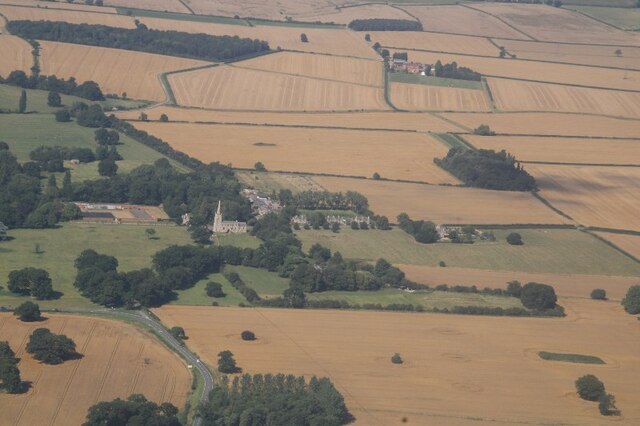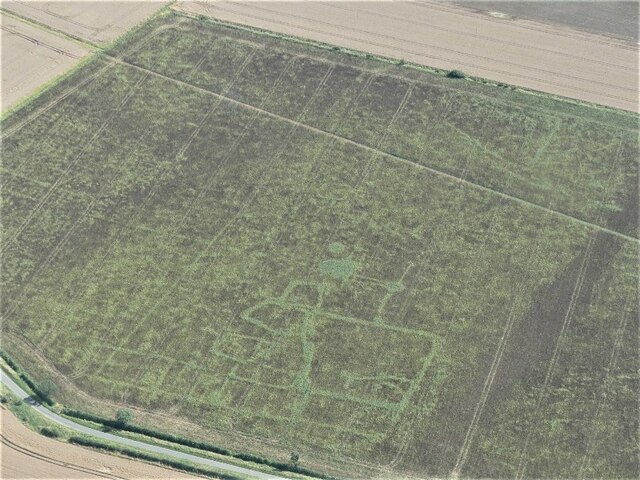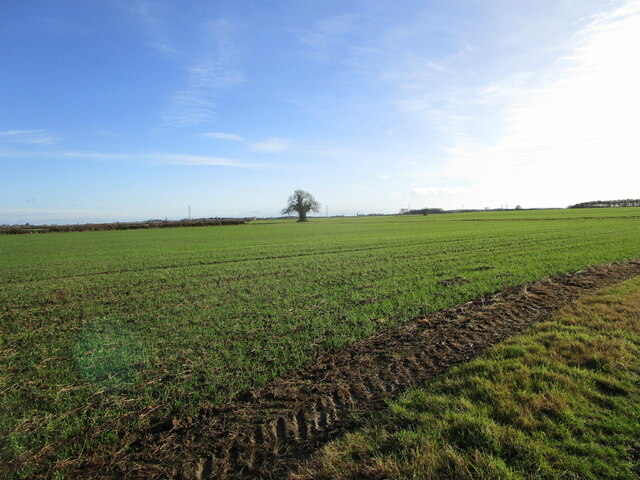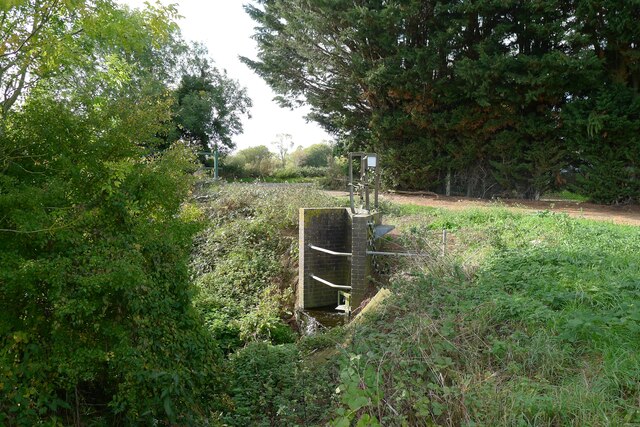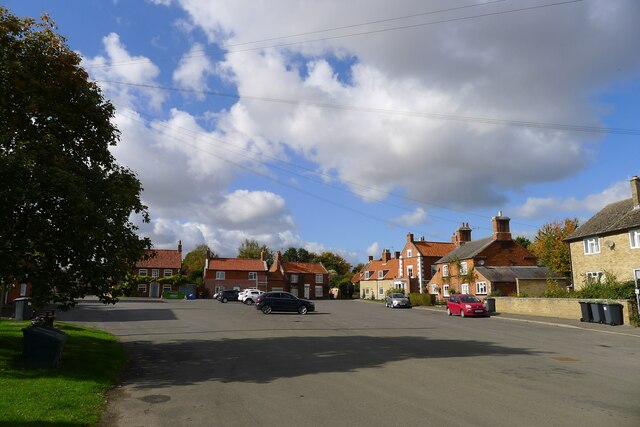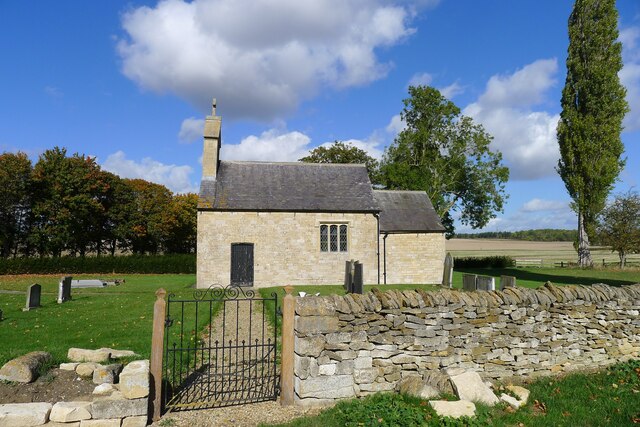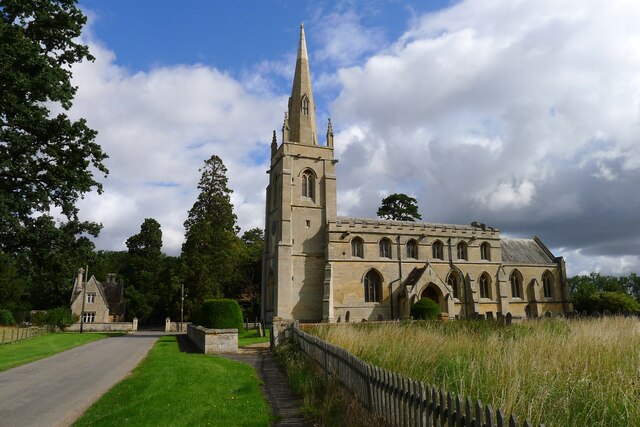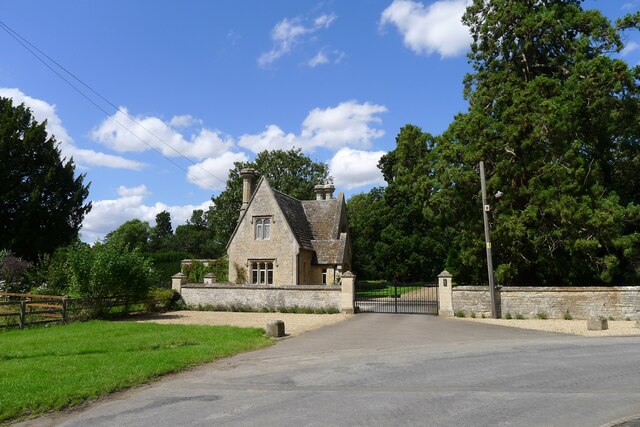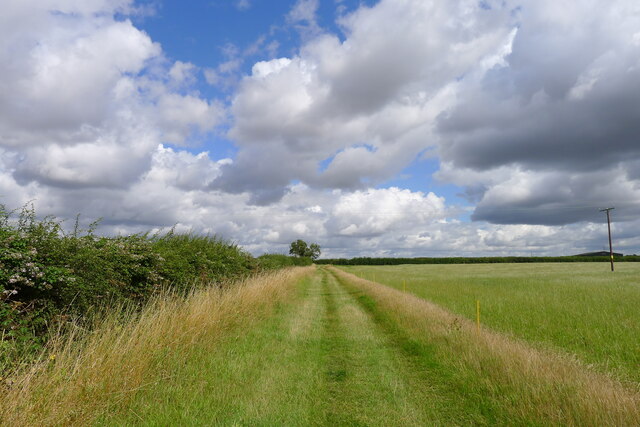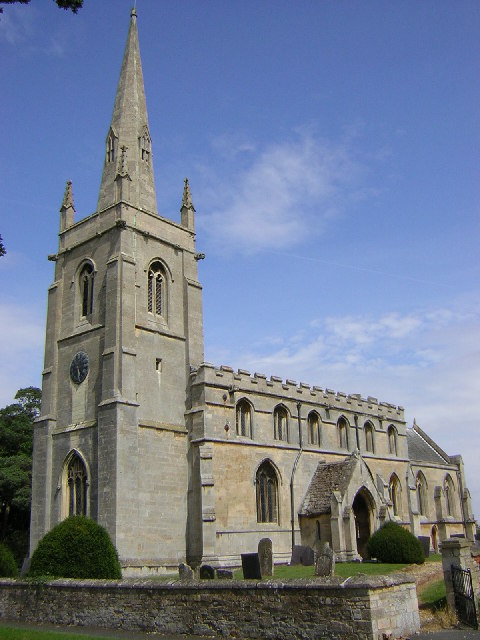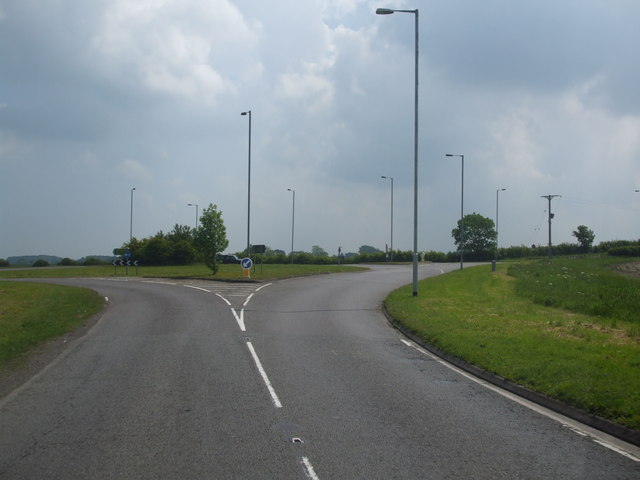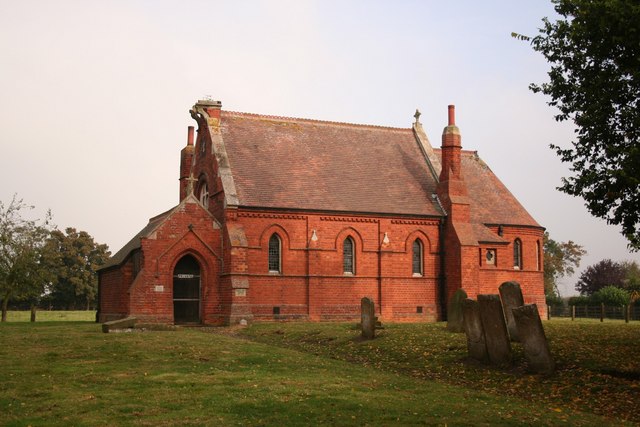Long Plantation
Wood, Forest in Lincolnshire North Kesteven
England
Long Plantation
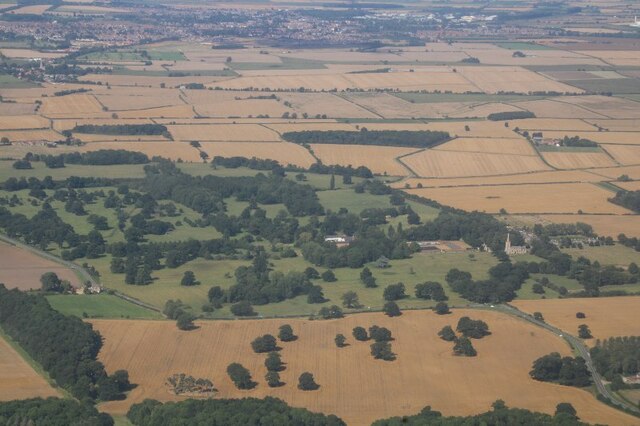
Long Plantation is a beautiful forest located in the county of Lincolnshire, England. Situated in the heart of the county, this vast woodland covers an area of approximately 500 acres. It is known for its dense and well-preserved woodlands, making it a popular destination for nature enthusiasts and outdoor adventurers.
The plantation is characterized by its towering oak trees, which dominate the landscape and provide a habitat for a diverse range of flora and fauna. The forest floor is carpeted with a variety of wildflowers, creating a picturesque and vibrant environment.
Long Plantation offers numerous walking trails that wind through the forest, allowing visitors to explore its natural beauty at their own pace. These trails are well-maintained and suitable for all ages and abilities, making it an ideal destination for families and individuals alike.
The woodland is also home to a wide array of wildlife, including deer, foxes, badgers, and a rich variety of bird species. Birdwatchers flock to Long Plantation to catch a glimpse of rare and migratory birds that make their home in the forest.
For those seeking a peaceful retreat, Long Plantation provides several designated picnic areas where visitors can relax and enjoy the serene surroundings. Additionally, there are camping facilities available for those who wish to spend the night under the canopy of the ancient trees.
Overall, Long Plantation is a haven for nature lovers, offering a tranquil escape from the hustle and bustle of everyday life. Its diverse ecosystem and well-preserved woodlands make it a must-visit destination in Lincolnshire.
If you have any feedback on the listing, please let us know in the comments section below.
Long Plantation Images
Images are sourced within 2km of 52.937025/-0.41693897 or Grid Reference TF0638. Thanks to Geograph Open Source API. All images are credited.
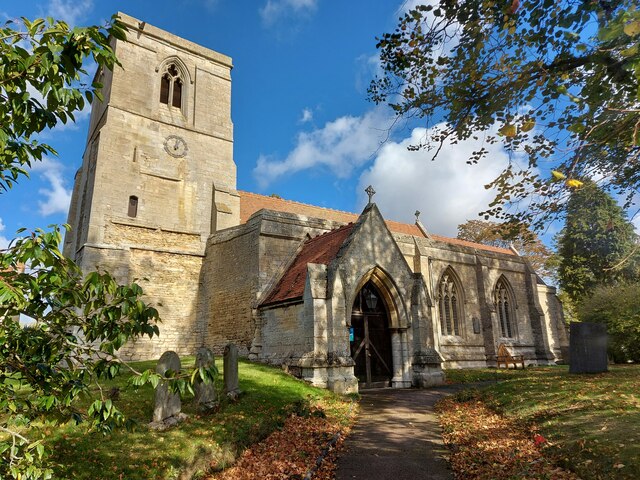
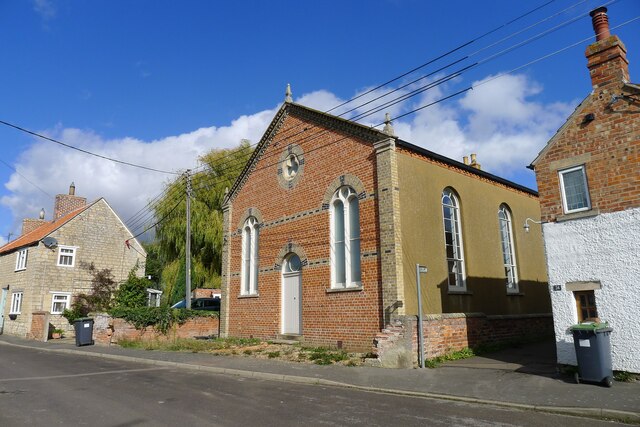
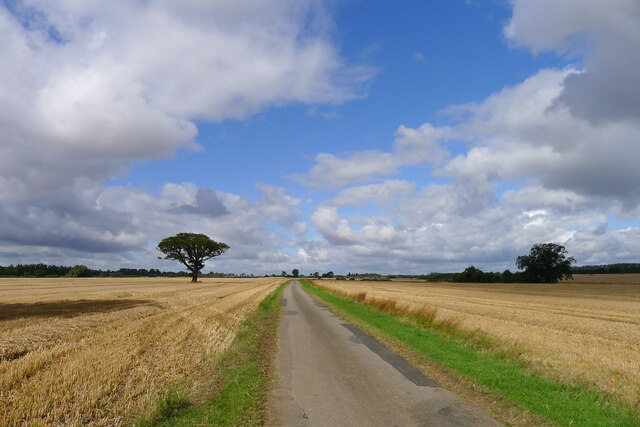
Long Plantation is located at Grid Ref: TF0638 (Lat: 52.937025, Lng: -0.41693897)
Administrative County: Lincolnshire
District: North Kesteven
Police Authority: Lincolnshire
What 3 Words
///workshop.defectors.cubes. Near Billingborough, Lincolnshire
Nearby Locations
Related Wikis
Aswarby
Aswarby () is a village in the civil parish of Aswarby and Swarby, in the North Kesteven district of Lincolnshire, England. It is 3.5 miles (5.6 km) south...
Osbournby
Osbournby (locally pronounced Ozzenby or Ossenby) is a small village and civil parish in the North Kesteven district of Lincolnshire, England. The population...
Aswarby and Swarby
Aswarby and Swarby is a civil parish in the North Kesteven district of Lincolnshire, England. Aswarby (pronounced locally as "as-r-bee") is the ecclesiastical...
Threekingham Bar
Threekingham Bar is the name given to interception of the A52 (Grantham to Boston) and A15 (Peterborough to Lincoln and Hull) roads, 1 mile (1.6 km) to...
Swarby
Swarby is a village and former civil parish in the North Kesteven district of Lincolnshire, England, approximately 3 miles (5 km) south-southwest of Sleaford...
Spanby
Spanby is a village and former civil parish in the North Kesteven district of Lincolnshire, England, about 5 miles (8 km) south from the town of Sleaford...
Aswarby and Scredington railway station
Aswarby and Scredington railway station was a station close to Scredington, Lincolnshire on the Great Northern Railway Bourne and Sleaford railway. It...
Newton, Lincolnshire
Newton is a hamlet in the North Kesteven district of Lincolnshire, England. The hamlet is situated approximately 8 miles (13 km) east from the town of...
Nearby Amenities
Located within 500m of 52.937025,-0.41693897Have you been to Long Plantation?
Leave your review of Long Plantation below (or comments, questions and feedback).
